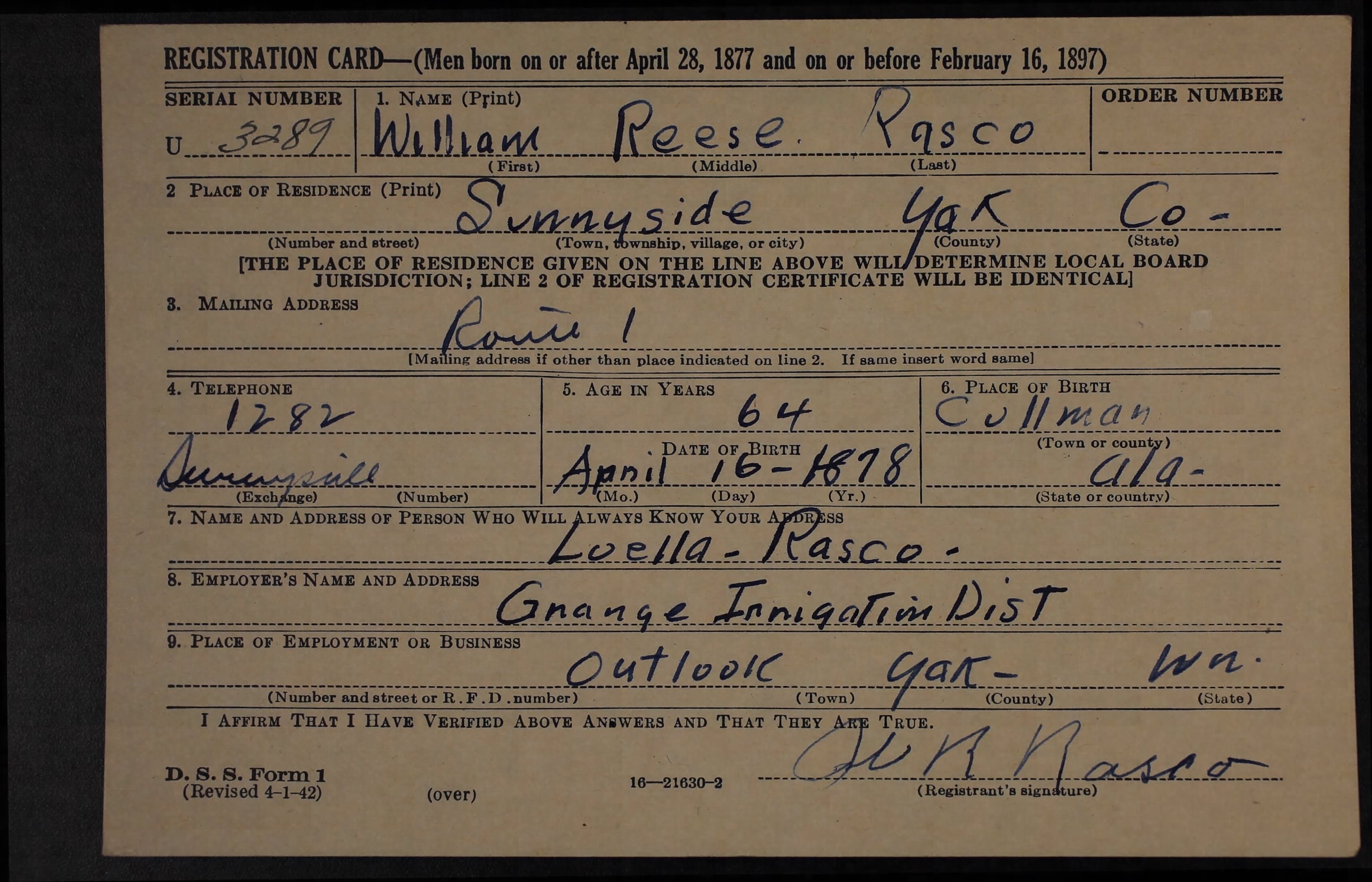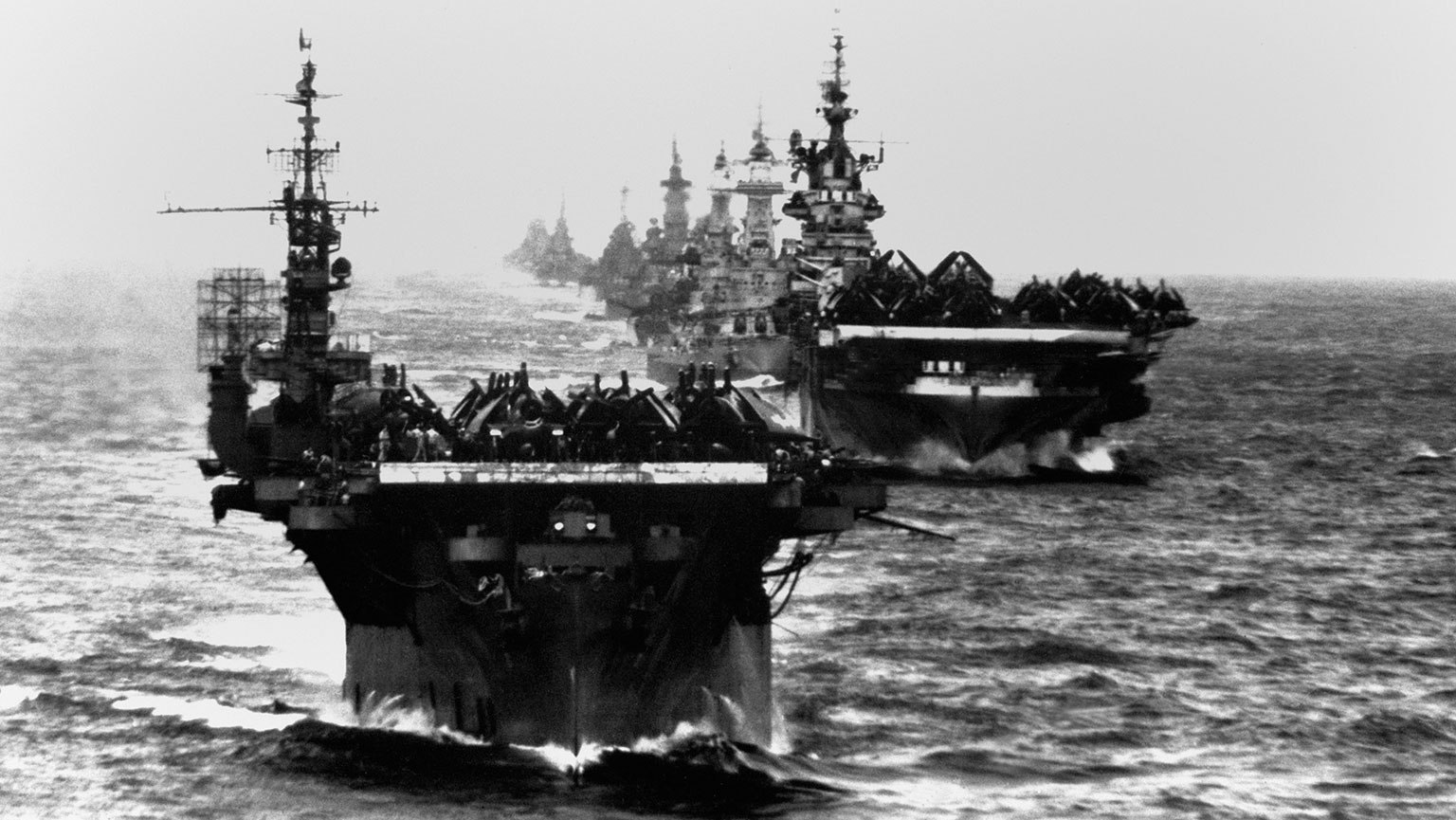

Aircraft carriers and submarines mounted a serious challenge to Japan’s triumphant fleet and were critical to protecting mainland America. With its battleship fleet crippled in Hawaii, the US Navy turned to two surviving assets. They aimed to destroy the US carrier fleet in a victory so decisive that the United States would negotiate for peace. The Japanese, meanwhile, sought to complete what they began at Pearl Harbor.

Yet, with much of the US fleet destroyed and a nation unprepared for war, America and its allies decided they needed to save Great Britain and defeat Germany first.

Japan launched a relentless assault that swept through the US territories of Guam, Wake Island, and the Philippines, as well as British-controlled Hong Kong, Malaya, and Burma. When Germany and Italy declared war on the United States days later, America found itself in a global war. On December 7, 1941, Japan staged a surprise attack on Pearl Harbor, severely damaging the US Pacific Fleet. Primary Image: The US pursued a two-pronged offensive across the central and southwest Pacific to roll back the Japanese advance.


 0 kommentar(er)
0 kommentar(er)
